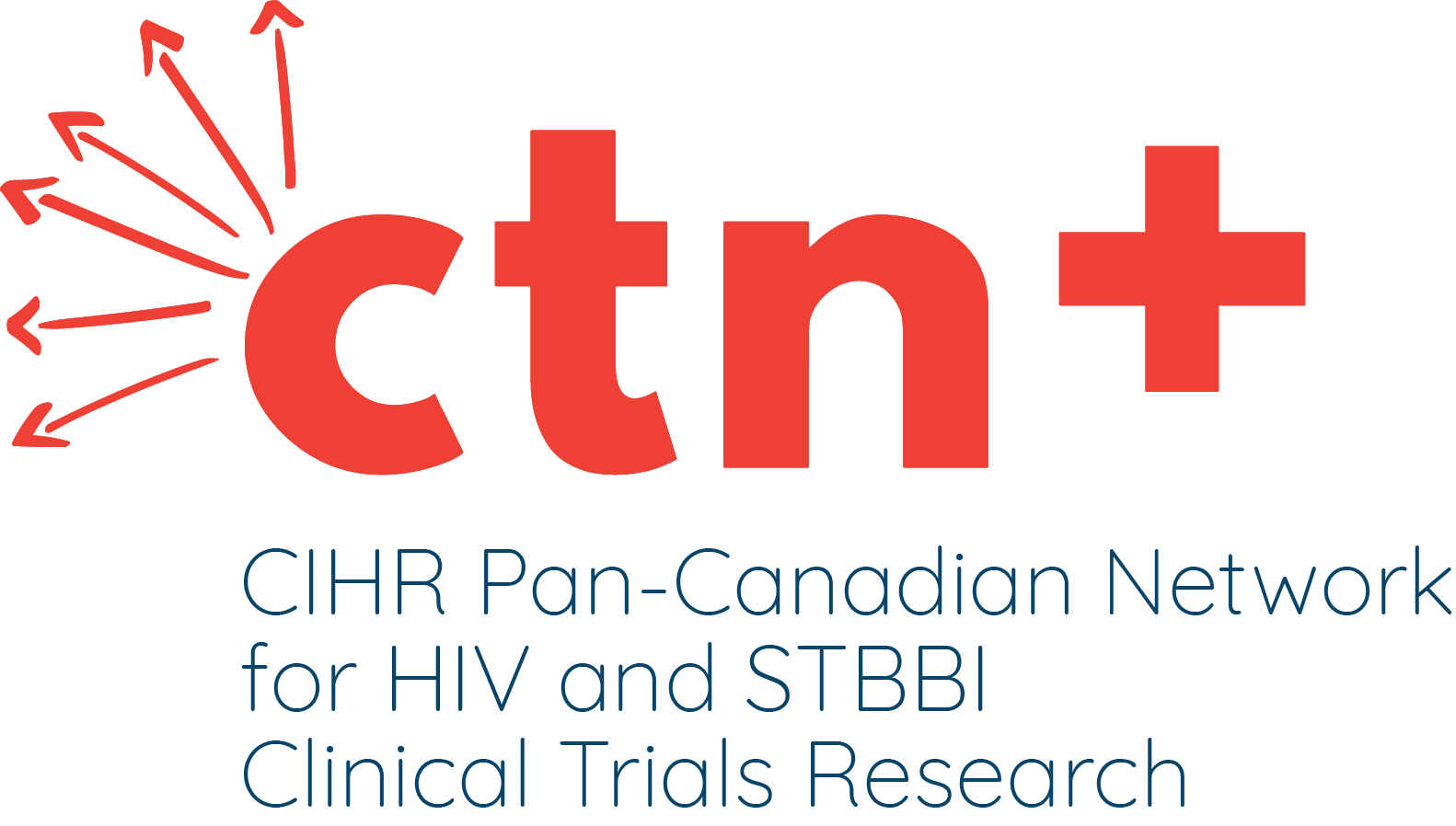Why STBBIs?
In 2015, the United Nation’s released a list of their Sustainable Development Goals. As part of this list, the UN has expanded the response to the global HIV epidemic to include the elimination of viral hepatitis and other sexually transmitted and blood-borne infections (STBBIs), such as syphilis and gonorrhea. The Public Health Agency of Canada has endorsed the expanded framework put forth by the UN in recognition of the increasing rates of some STBBIs in Canada and the global effort to eliminate these diseases. Many other STBBIs have similarities to HIV — modes of transmission, populations they affect, and geographical and social barriers to treatment.
Due to these commonalities and to the expertise of our Investigators in areas such as epidemiology, infectious diseases, and public health, the CTN has been involved in several clinical trials and pilot projects that focus on or include non-HIV STBBIs. Co-led by Drs. Ann Burchell and Curtis Cooper, the CTN’s Co-infections and Related Conditions (CRC) Core focuses on the design and conduct of research that has real-world impact and is aimed at improving the prevention, diagnosis, management and treatment of HIV, HCV and other STBBIs and emerging co-infections and their related health impacts. Below is an overview of the CTN trials and projects the different STBBIs that the Network has looked at over the years.

